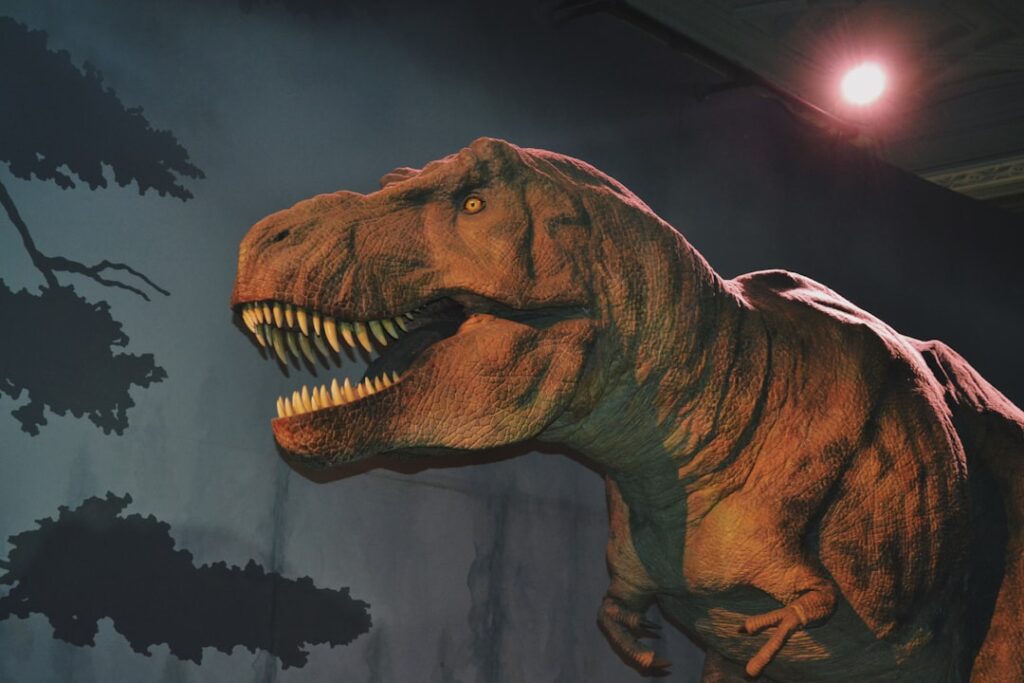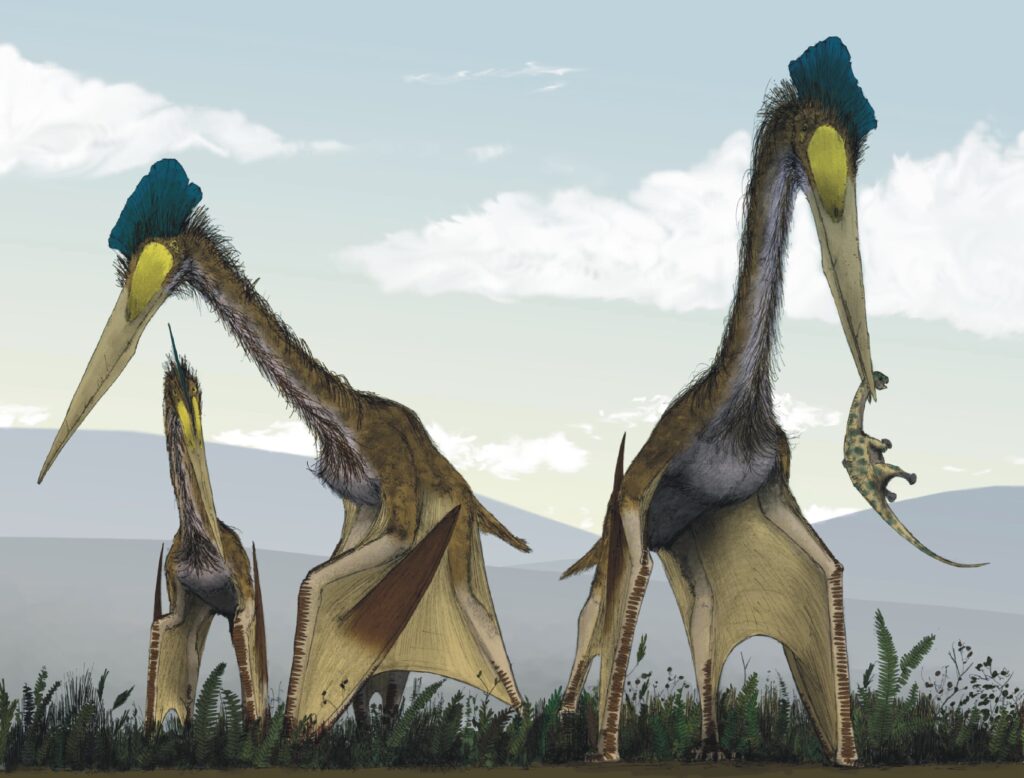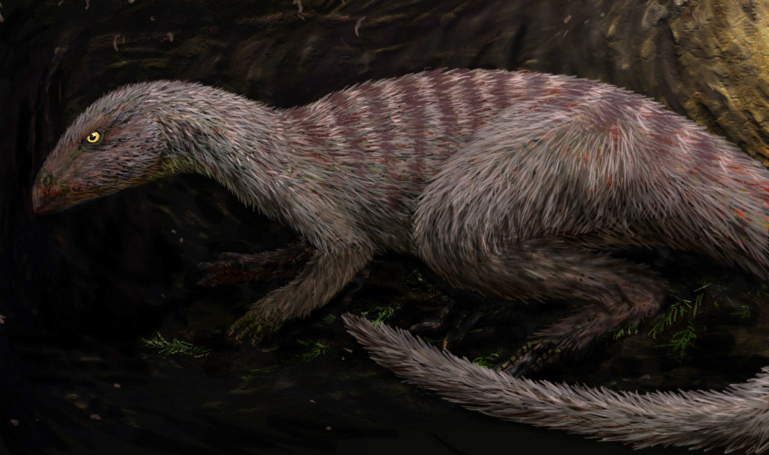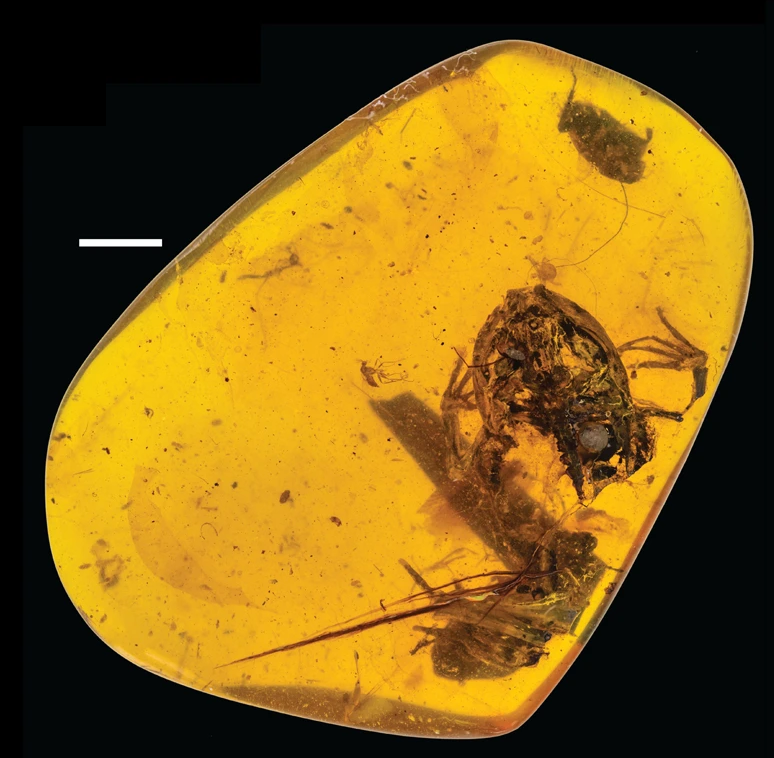Looking around today’s world, it seems impossible to escape dinosaur images. They’re plastered across lunchboxes, roaring through movie theaters, and captivating audiences in museums worldwide. This fascination runs deeper than childhood wonder though. For animals that have been dead millions of years, dinosaurs are extraordinarily pervasive in our everyday lives. Appearing in ads, books, movies, museums, television, toy stores, and novels, they continually fascinate both adults and children.
What makes these ancient creatures so compelling that they transcend cultures, generations, and time itself? The answer lies in a perfect storm of mystery, science, and imagination that has captured human hearts and minds since we first discovered their remains. So let’s explore the incredible ways these prehistoric giants continue to shape our culture, inspire our dreams, and ignite our curiosity about the world around us.
The Birth of Dinomania in Popular Culture
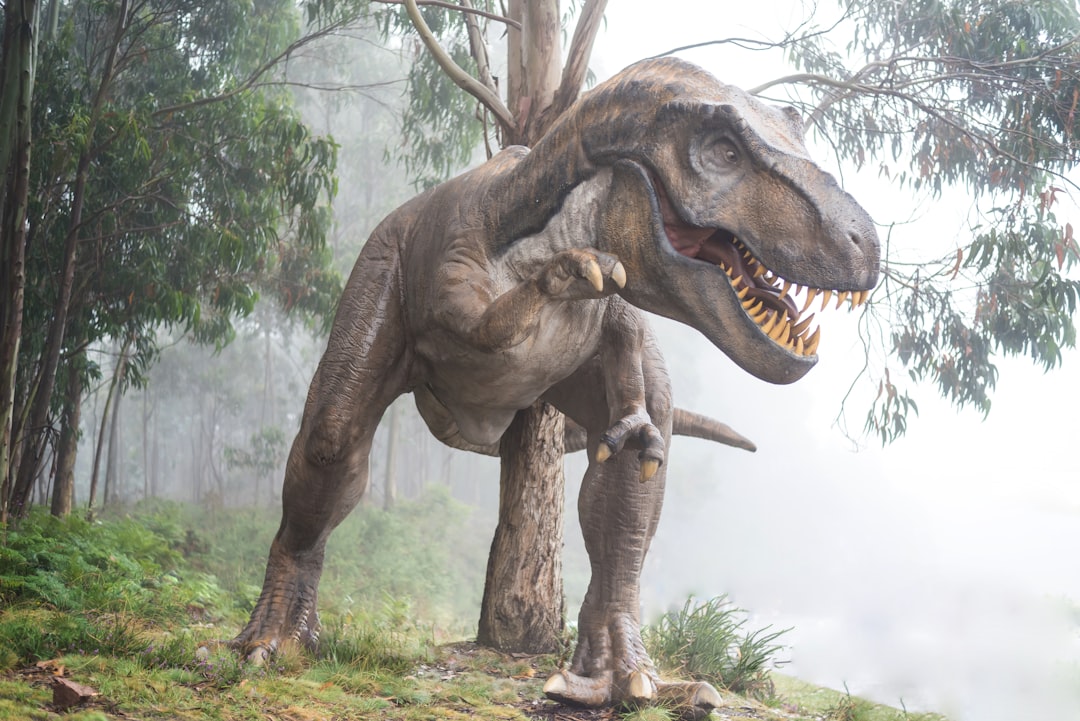
Since the coining of the word “dinosaur” in 1842, dinosaurs have served as a cornerstone of paleontology in popular culture. The very moment scientists gave these creatures a name, something magical happened in the public consciousness.
Early depictions were crude by today’s standards, yet they sparked something profound in human imagination. The first animated dinosaur, Gertie, debuted as part of a vaudeville performance in 1914. Dinosaurs, including a fearsome Tyrannosaurus featured in Disney’s ground-breaking and famed 1940 film Fantasia. People were immediately drawn to these mysterious beings that once ruled the Earth.
The cultural impact began snowballing almost immediately. The non-avian dinosaurs featured in books, films, television programs, artwork, and other media have been used for both education and entertainment. The depictions range from the realistic, as in the television documentaries from the 1990s into the first decades of the 21st century, to the fantastic, as in the monster movies of the 1950s and 1960s.
Jurassic Park’s Revolutionary Impact
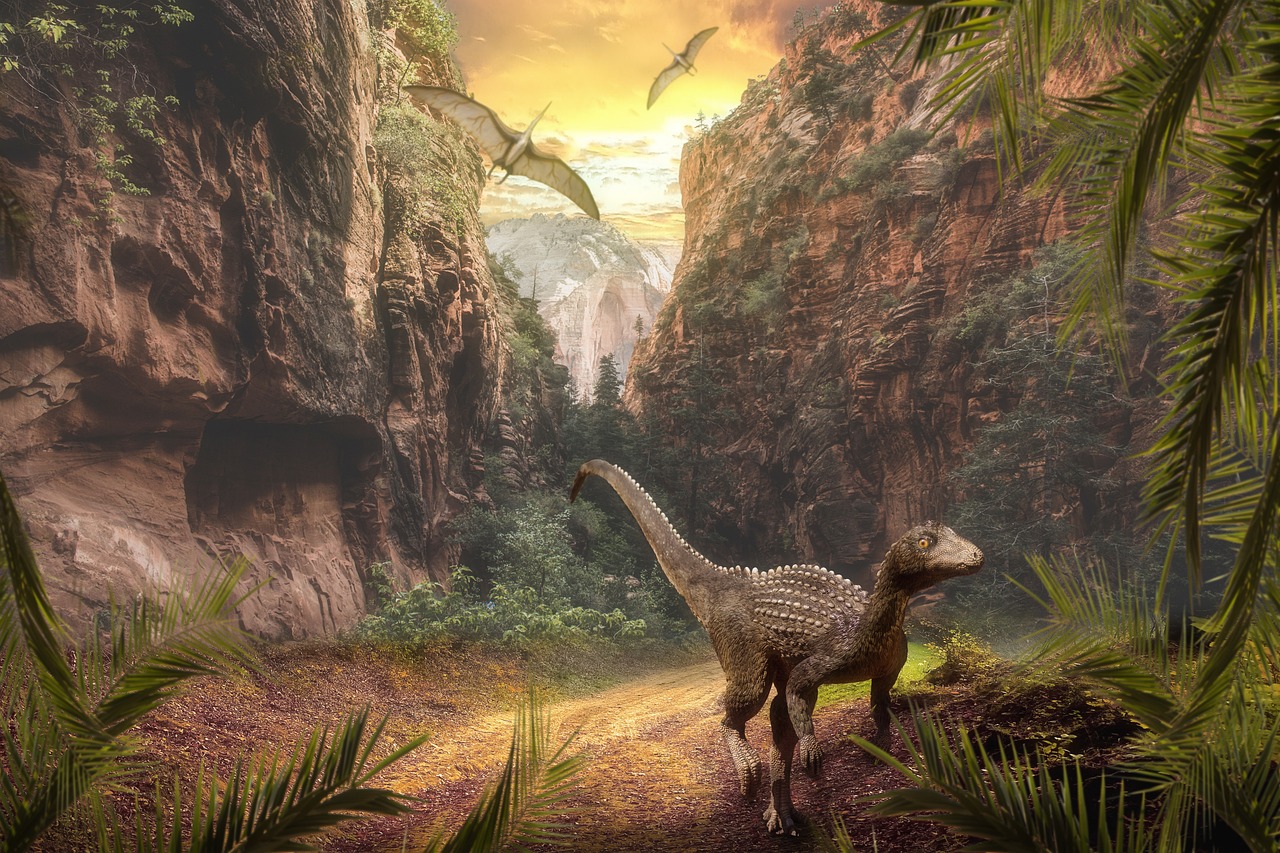
When Steven Spielberg’s ‘Jurassic Park’ premiered in 1993, it didn’t just redefine blockbuster cinema – it reignited a global fascination with dinosaurs that continues to this day. This wasn’t just another monster movie though. It changed everything about how we see these ancient creatures.
But it was Jurassic Park which truly presented them as believable living creatures for the first time. Though the science of the film has been widely criticised since its release, Jurassic Park succeeded in revolutionising filmmaking and reigniting a public fascination with dinosaurs even as palaeontology itself underwent a boom in new research efforts. The film accomplished something remarkable by making dinosaurs feel real rather than fictional.
The movie’s influence extended far beyond theaters. The film’s influence extended far beyond cinema. Merchandise ranging from action figures to theme park rides helped embed dinosaurs into everyday life. The phrase “life finds a way,” spoken by Dr. Ian Malcolm, became a cultural touchstone, symbolising both the unpredictability of nature and the excitement of scientific discovery.
The Box Office Dominance of Prehistoric Creatures
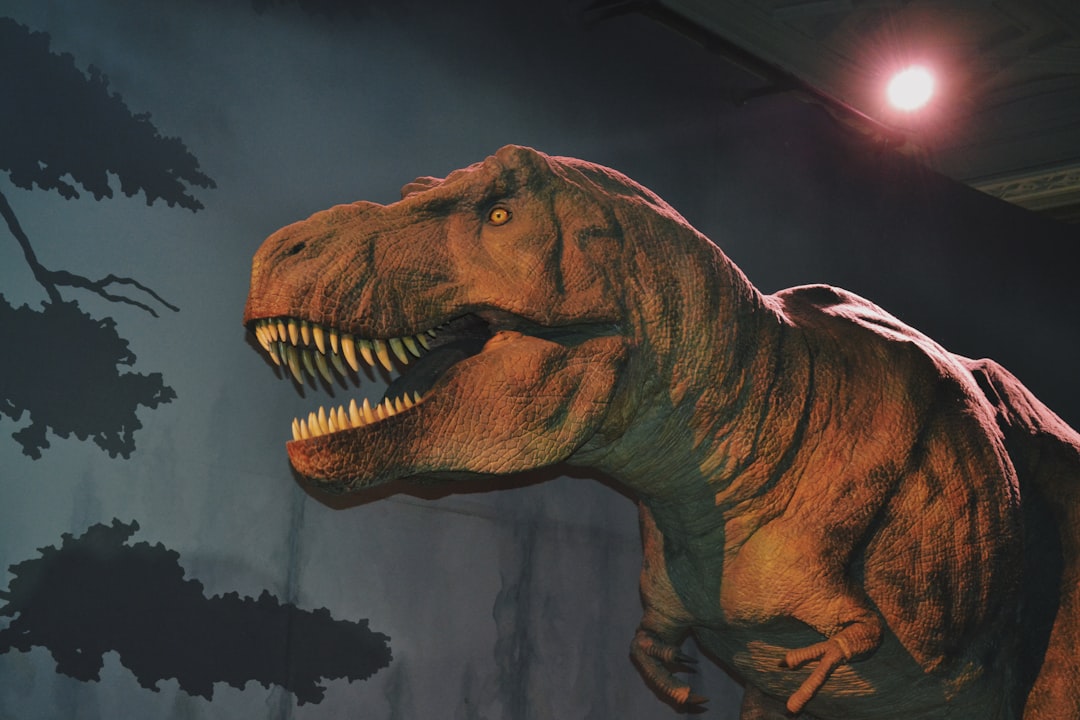
Numbers don’t lie when it comes to our love affair with dinosaurs. According to data fromBox Office Mojo, films like “Jurassic Park” and its sequels have collectively grossed billions worldwide. According to data from Box Office Mojo, films featuring dinosaurs, notably the “Jurassic Park” franchise and its sequels, have collectively grossed billions worldwide, attesting to the enduring fascination and popularity of these colossal creatures.
The success wasn’t limited to one franchise either. The 2000 Disney animated film Dinosaur was the most expensive movie in 2000, but was a box-office success, as were other films such as the 2009 animated film Ice Age 3: Dawn of the Dinosaurs, the 2012 film The Dino King, the 2013 film Walking with Dinosaurs: The Movie and the 2015 Disney/Pixar animated film The Good Dinosaur. Each success proved that audiences couldn’t get enough of these prehistoric stars.
This commercial triumph reflects something deeper than entertainment value. And a recent review of the last 60 years of dinosaur research by celebrated palaeontologist Philip J. Currie suggested “public interest continues to be stimulated by a multibillion-dollar movie, media, and toy industry founded on our interest in dinosaurs.”
Museums as Gateways to Prehistoric Wonder
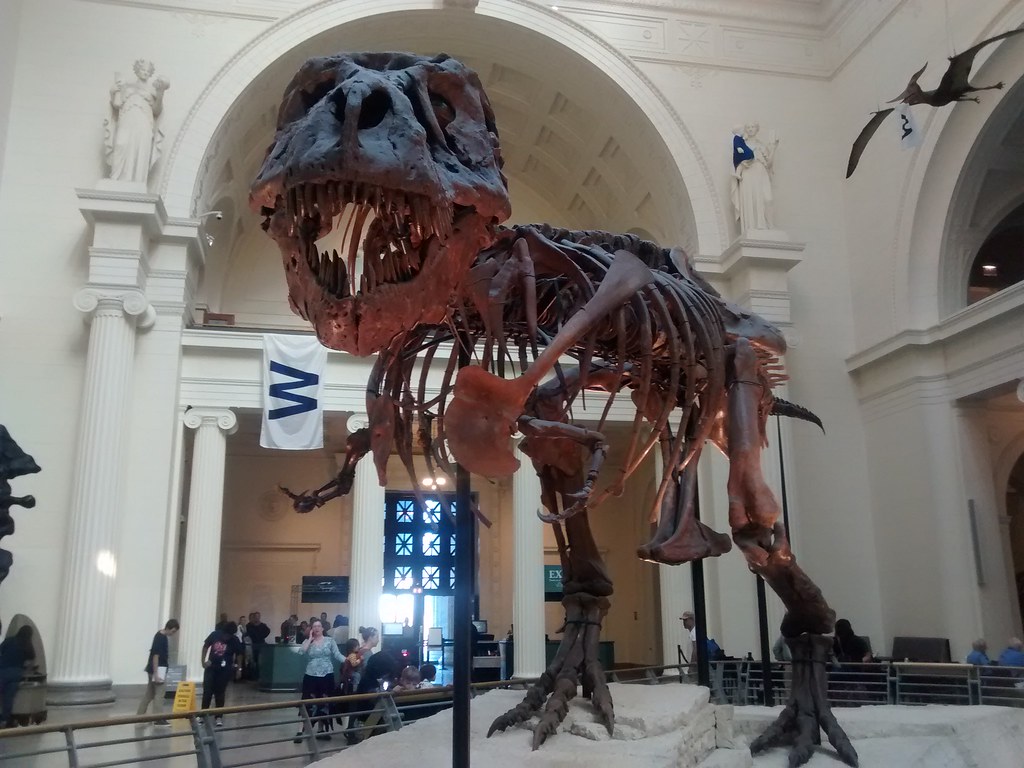
Walking into a natural history museum and coming face to face with a towering T-Rex skeleton is transformative. I remember standing there, a little kid with wide eyes, staring up at the towering skeleton of a T-Rex. My jaw was practically on the floor. That moment, etched deeply into my memory, ignited a lifelong fascination with these incredible creatures, a feeling I’ve chased across countless museum halls ever since.
Museums play a crucial role in keeping this fascination alive. Museums translate complex scientific concepts into engaging exhibits that inspire curiosity and foster scientific literacy in the public, from school children to seasoned adults. They make science accessible and exciting. These institutions become sacred spaces where imagination meets scientific reality.
The educational impact goes beyond simple entertainment. Annually, approximately 2,000-3,000 school children visit the anthropology and paleontology museums on field trips and have the opportunity to learn about paleontology and local cultures by participating in related educational activities. Each visit plants seeds of curiosity that can last a lifetime.
Children’s Natural Connection to Dinosaurs
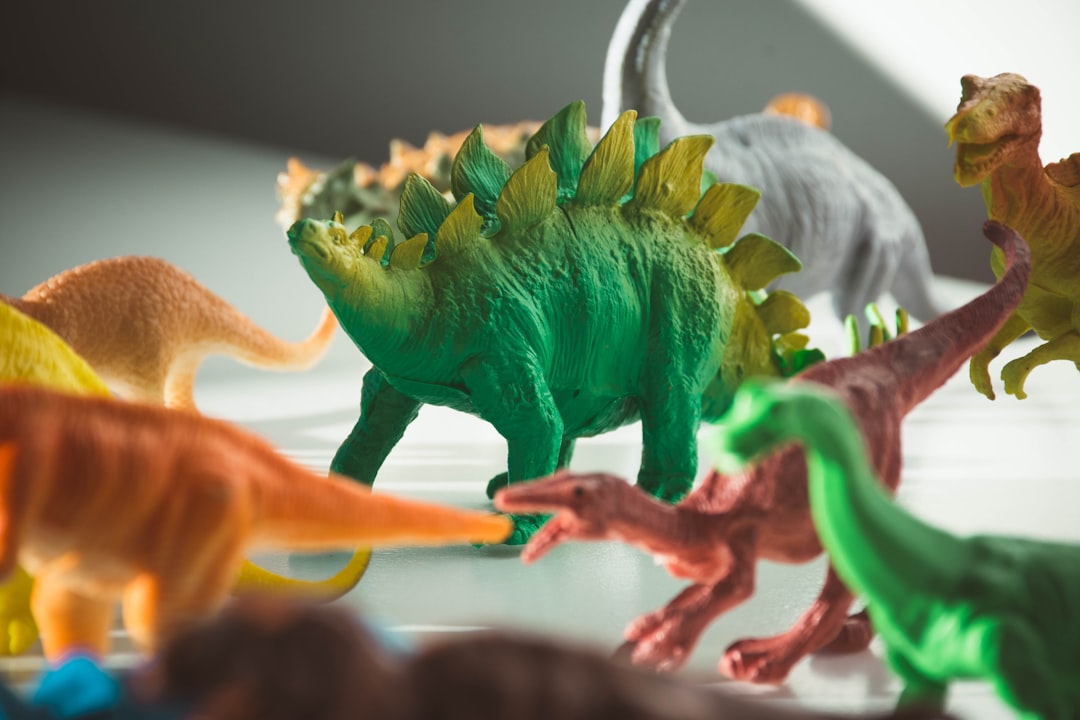
There’s something almost universal about children’s love for dinosaurs. Richard K. Stucky, a curator at the Denver Museum of Natural History with a PhD in paleontology, stated that “Dinosaurs and fossils are the window through which most kids and many adults now get their first introduction to science. Paleontology is art, science, and imagination; it inspires a wealth of curiosity by students about ancient life and helps all of us to know about our origins and how our world with came to be.”
The educational benefits are backed by solid research too. In fact, a 2008 study by Indiana University discovered that “sustained intense interests, particularly in a conceptual domain like dinosaurs” can help children develop increased knowledge and determination, a stronger attention span, and deeper information-processing skills.
Dinosaurs hold an almost universal appeal for children. They are big, mysterious, often fierce, and completely unlike anything alive today, yet real. This intrinsic interest makes them an ideal hook for STEM education. Smart parents and educators have learned to harness this natural fascination for learning.
The Dragon Connection Across Cultures
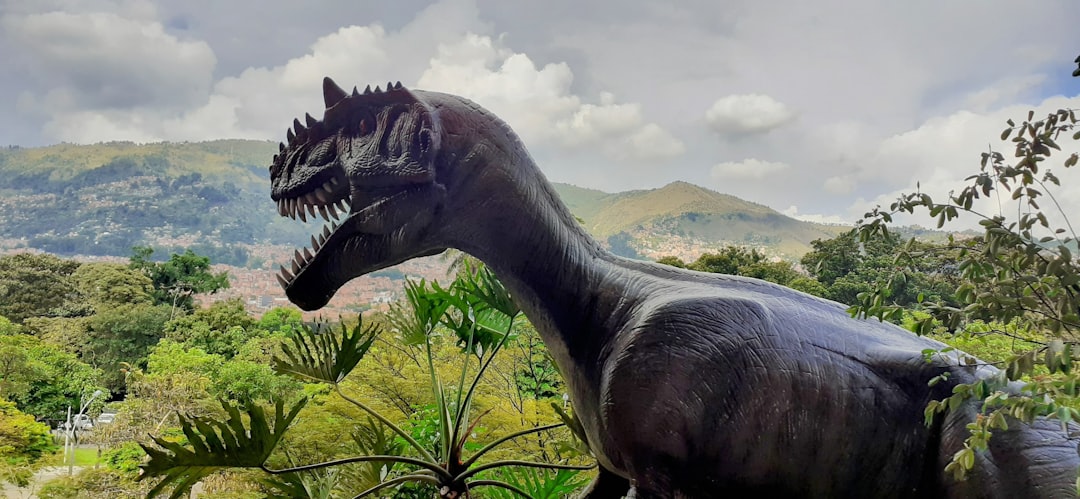
Long before we understood what dinosaurs actually were, across different cultures created remarkably similar mythological creatures. A dragon is a magical legendary creature that appears in the folklore of multiple cultures worldwide. The similarities between dragons and dinosaurs aren’t coincidental.
Ancient people may have discovered dinosaur fossils and understandably misinterpreted them as the remains of dragons. Ancient people may have discovered dinosaur fossils and understandably misinterpreted them as the remains of dragons. Chang Qu, a Chinese historian from the 4th century B.C., mislabeled such a fossil in what is now Sichuan Province. These early fossil discoveries likely influenced the dragon myths that persist today.
Research supports this fascinating connection. She concluded that ancient cultures were very attuned to the natural world around them and made careful observations of the fossils in their environment. Based on their understanding of how the world works, they came up with imaginative explanations for the histories they saw in the bones and rocks they found. Their stories convincingly speak of the fossilized creatures as real because they knew only real creatures leave bones behind!
Modern Scientific Renaissance in Paleontology
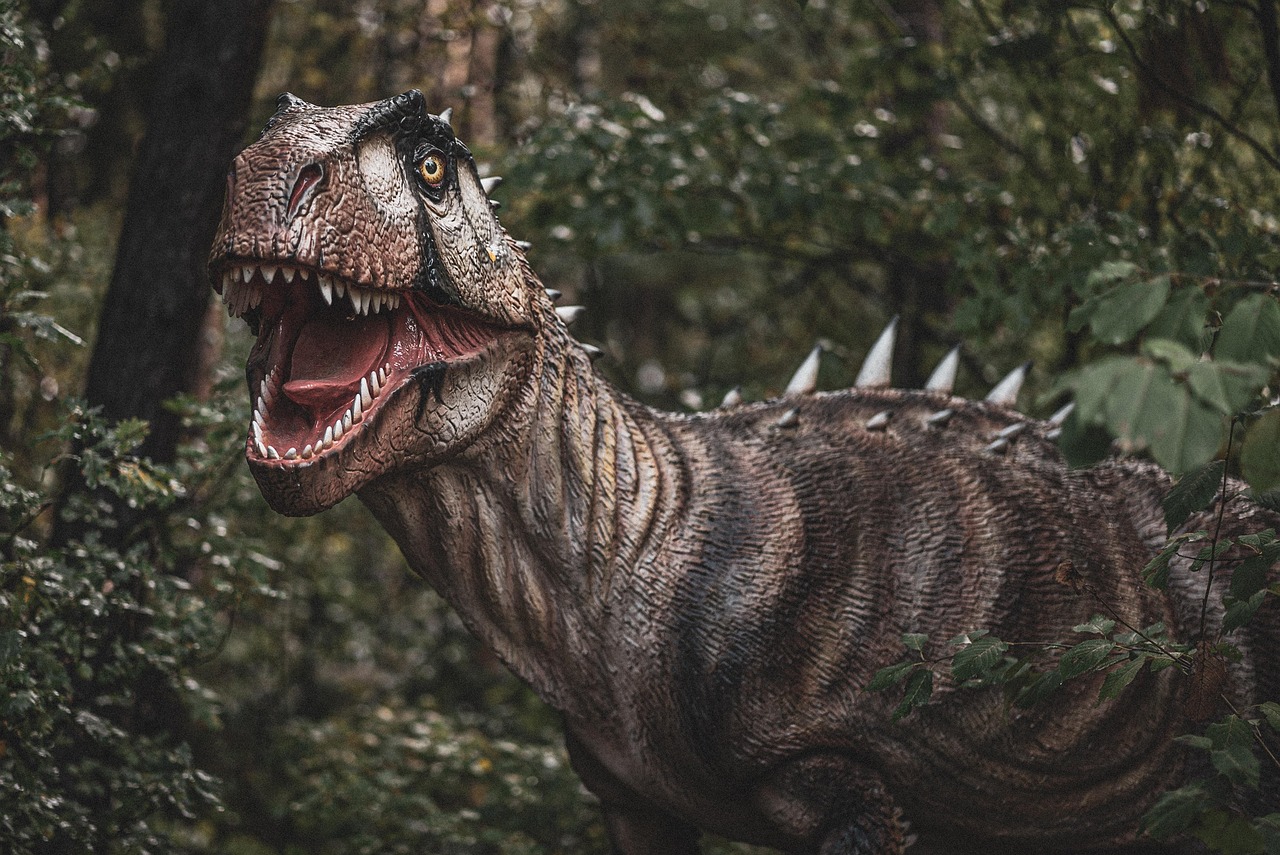
In 1975, palaeontologist Robert Bakker popularised the term “dinosaur renaissance” to describe a spate of developing research findings which argued the creatures were endothermic (warm-blooded), active, and related to the birds rather than cold-blooded, slow and wholly extinct as had been the public perception for much of the previous century. This renaissance lasted from about the 1960s into the 1980s and Jurassic Park reflected many of these new orthodoxies.
This scientific revolution transformed how we view these ancient creatures. Beyond its technical achievements, ‘Jurassic Park’ also transformed how dinosaurs were portrayed in popular media. Previously, dinosaurs were often slow, lumbering monsters. Spielberg’s film emphasised their intelligence, agility, and hunting strategies, particularly with the iconic Velociraptors. This shift influenced later films, television series, and even scientific interpretations, bridging entertainment with paleontological accuracy and encouraging audiences to view dinosaurs as complex, fascinating creatures rather than mere monsters.
The technological advances in studying these creatures continue to amaze. Today, in addition to patience and sharp observation skills, paleontologists employ new technologies to solve unanswered questions about dinosaurs and other fossils. Advanced imaging technology, such as CT scans, allow paleontologists to see the three-dimensional structure of fossils, often without having to remove the matrix. Paleontologists incorporate the research of biomechanics, applying the principles of both physics and engineering to reconstruct the biological movement of non-avian dinosaurs.
Merchandise and Economic Impact
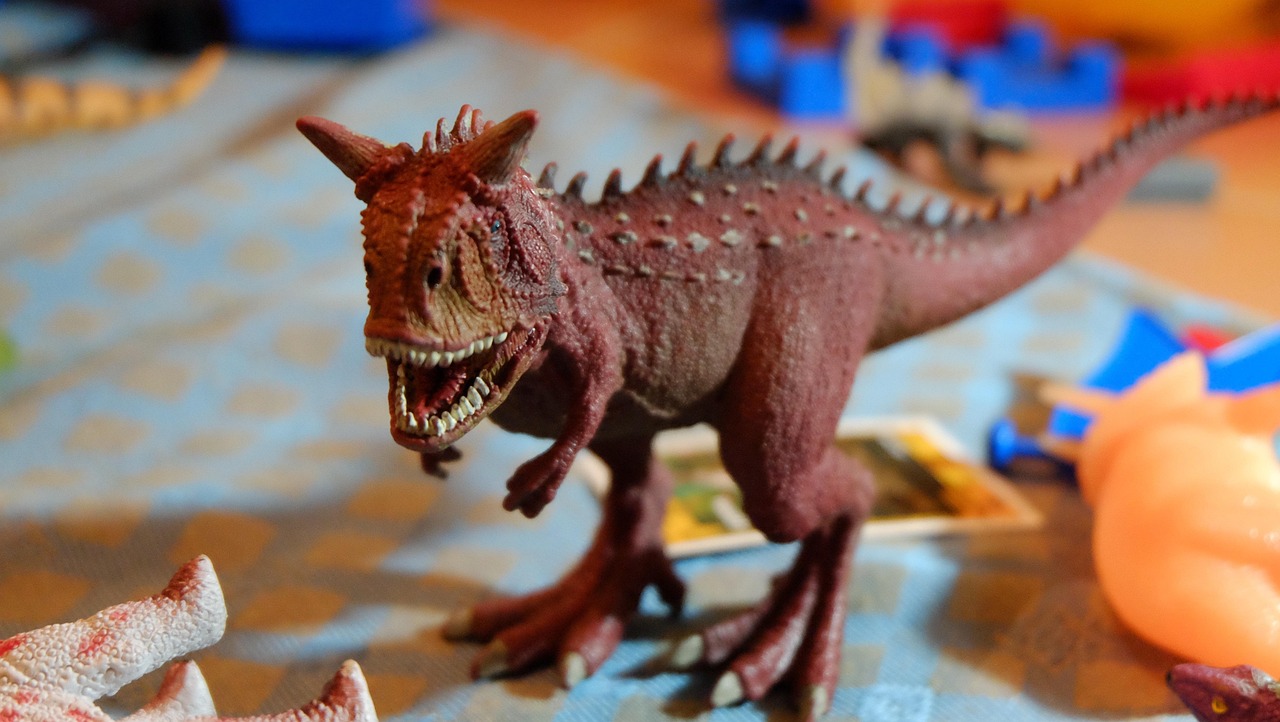
The dinosaur industry extends far beyond movies and museums. As the dinosaur merchandise market continues to expand, it’s evident that these prehistoric creatures have transitioned from being mere subjects of entertainment to becoming iconic symbols embedded in everyday life. Dinosaur merchandise has not only created economic ripples but has also cemented dinosaurs’ cultural impact. A report by BBC explores how dinosaur-themed products have become cultural symbols, transcending age groups and geographical boundaries.
The marketing machine around dinosaurs is impressive. Universal took the lengthy pre-production period to carefully plan the Jurassic Park marketing campaign. It cost $65 million and included deals with 100 companies to market 1,000 products. These included several Jurassic Park video games, a toy line by Kenner distributed by Hasbro, McDonald’s “Dino-Sized meals”, and a novelization for young children.
This commercial success reflects genuine public interest rather than manufactured hype. This cultural phenomenon extends beyond the realms of entertainment and commerce, infiltrating various facets of society. Dinosaurs have become part of the fabric of modern life.
Lasting Legacy and Future Fascination
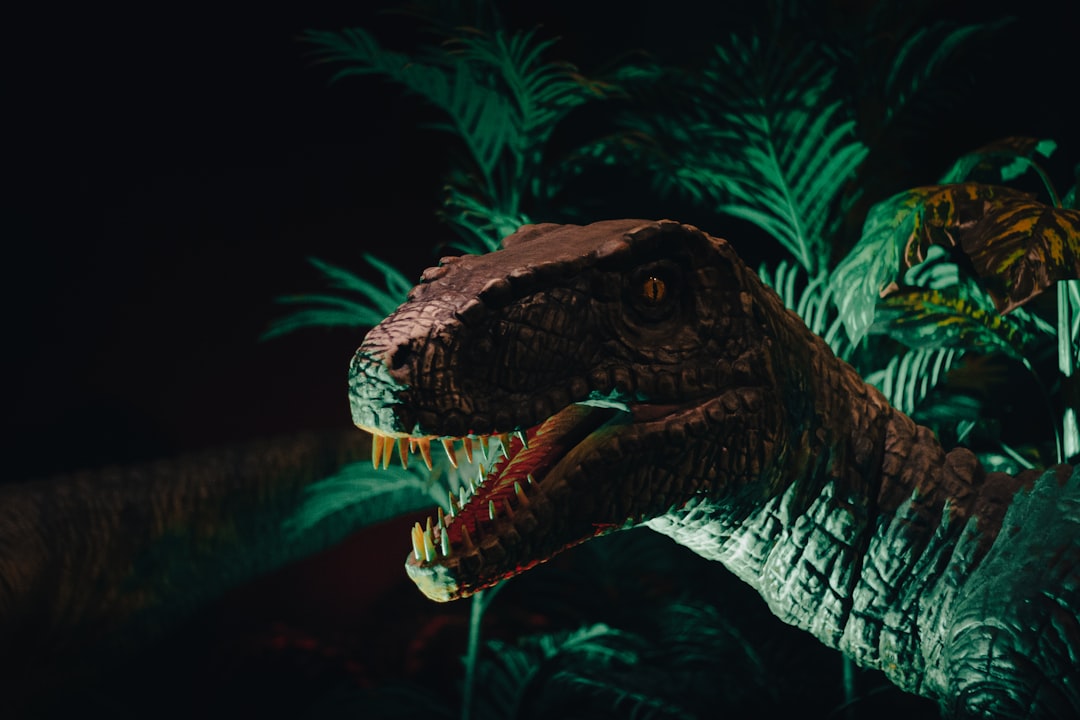
The impact of dinosaur culture continues to evolve and inspire. Since its release, many film critics and industry professionals have regarded Jurassic Park as one of the greatest summer blockbusters ever made. Its groundbreaking use of computer-generated imagery is widely seen as a turning point that shaped the visual effects techniques used in modern cinema. In 2018, it was selected for preservation in the United States National Film Registry by the Library of Congress as “culturally, historically, or aesthetically significant”.
The fascination shows no signs of slowing down either. Even decades later, the ‘Jurassic Park’ franchise remains a cultural phenomenon, with sequels like ‘Jurassic World’ drawing massive audiences and introducing a new generation to dinosaur wonder. Its blend of science, adventure, and ethical questions about cloning continues to resonate, proving that the fascination with these ancient creatures is as enduring as the dinosaurs themselves.
Looking toward the future, new discoveries continue to fuel our imagination. The falling cost of computer-generated effects also has recently allowed the increased production of documentaries for television; the award-winning 1999 BBC series Walking with Dinosaurs, the 2001 When Dinosaurs Roamed America, the 2003 Dinosaur Planet, the 2009 Animal Armageddon, the 2011 Dinosaur Revolution, the 2011 Planet Dinosaur and the 2022 Prehistoric Planet are notable examples.
Conclusion
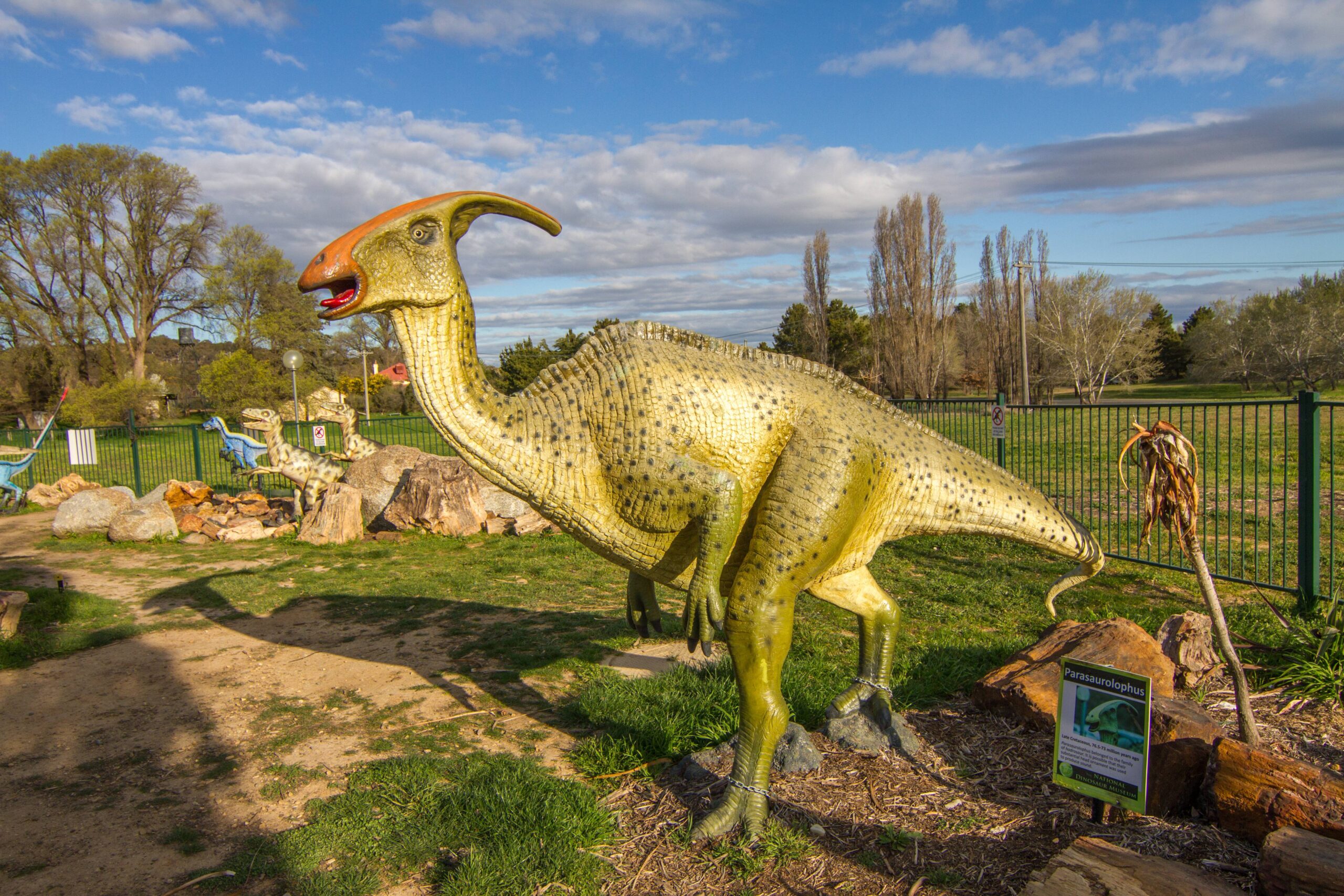
How did they move from natural extinction to pop culture resurrection? What is the source of their powerful appeal? The answer lies in their unique combination of reality and mystery, science and imagination, fear and wonder.
Dinosaurs tap into something primal in human nature. They represent the ultimate “what if” scenario while being completely real. They’re big enough to inspire awe, mysterious enough to fuel imagination, and scientifically fascinating enough to educate and inspire. Whether discovered as fossils that inspired ancient dragon myths or brought to life through cutting-edge cinema, these creatures continue to bridge the gap between past and present, fact and fiction.
The fascination with dinosaurs will likely persist as long as remain curious about their place in the natural world. Each new discovery, each innovative museum exhibit, and each blockbuster film ensures that these magnificent creatures will continue roaring through our collective imagination. What do you think keeps drawing us back to these ancient giants? The mystery never gets old.

